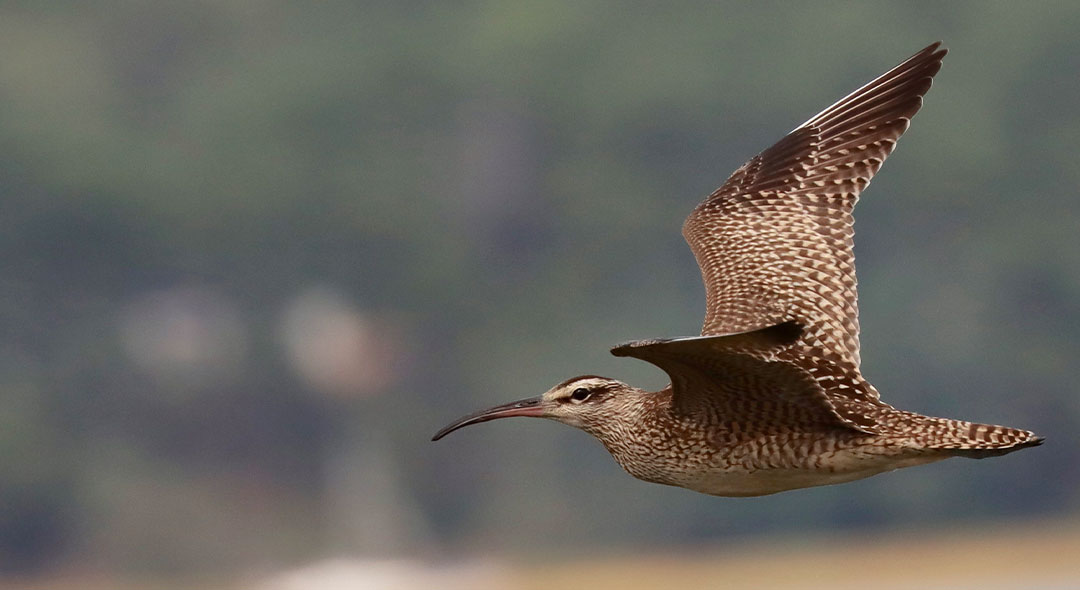The Manomet Center for Conservation Sciences has signed an agreement with the Chilean Ministry of the Environment to collaborate on wetland and shorebird conservation efforts on the critically important island of Chiloé.
Chiloé Island, located off the coast of southern Chile, is home to an enormous number of migratory shorebirds that fly more than 9,300 miles from the northern hemisphere every year to reach the south of Chile.
This crucial habitat is home to 27 percent of the global population of the Hudsonian Godwit (99 percent of its population to the Pacific coast), and 61 percent of the Pacific Coast population of the Whimbrel. Both species breed in North America and are considered of high conservation concern. In February 2011, the island was designated for inclusion in the Western Hemisphere Shorebird Reserve Network.
Under the newly signed memorandum of understanding, the Manomet Center and the Chilean government will implement the National Strategy for Conservation and Sustainable Use of Wetlands of Chile, which includes conservation education and assistance to local governments and land managers.
The partners will also promote awareness and pride in the remarkable and unique local shorebird and wetland resource. The Environment Ministry and Manomet Center personnel are currently working with local governments to prepare effective regulations to protect Chiloé’s wetlands and to designate municipal reserves on the island.
“Wetlands are a strategic resource for Chile, providing a wide range of environmental goods and services that allow us to sustain biodiversity and contribute to the welfare of our communities,” said Ricardo Irarrázabal Sanchez, Chile’s assistant secretary for Environment. “This new partnership with the Manomet Center will allow us to leverage resources and facilitate access to information for making effective conservation decisions for the wetlands of Chiloe as vital ecosystems to sustain populations of migratory birds.”
Diego Luna Quevedo, the Manomet Center’s Southern Cone coordinator, said that shorebird conservation could also provide an economic boost to the community.
“Beyond the importance of biodiversity, conserving wetlands as critical habitat for migratory shorebirds in Chiloé will benefit local communities by expanding and enhancing the area as a tourist attraction,” said Diego Luna Quevedo, the Manomet Center’s Southern Cone coordinator. “The work will benefit the overall quality of life in the island communities.”





 Back to all
Back to all